The PASCO Wireless Smart Car
By Edwin P. Christmann
Posted on 2019-02-18
Introduction:
The PASCO Wireless Smart Cart is a device with Bluetooth capabilities that has sensors for force, position, velocity, rotational motion, and three degrees of freedom in acceleration. The wheels on the Smart Cart moves with low friction. A nice touch is that the Smart Cart offered in different colors, i.e., red or blue. Moreover, the Smart Cart features a tray on top where different masses can be placed so students can explore how different masses effect the measurements of various dependent variables. Image 1 shows a blue Smart Cart.
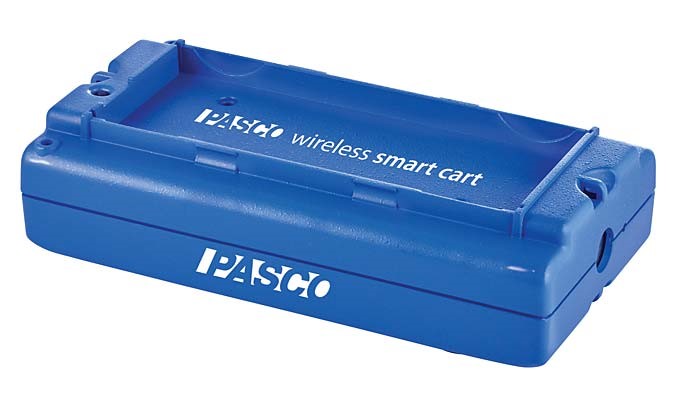
Image 1: A picture of the PASCO Wireless Smart Cart in blue.
Before users can begin data collection with the Smart Cart, it must be charged. Hence, a micro USB cable is included to charge the device. According to PASCO, the Smart Cart has a battery life of 11 hours for high sample rates and 70 hours for low sample rates. Therefore, science teachers and students will have several days to use it before it needs to be recharged. More specifically, the user manual (found at https://www.pasco.com/file_downloads/Downloads_Manuals/Wireless-Smart-Cart-Manual-ME-1240-1.pdf) mentions that with typical use, the Smart Cart’s battery should last from one to four weeks. To improve battery life (when inactive) the Smart Cart turns itself off after a few minutes. While charging, the battery indicator LED light appears yellow; however, once the Smart Cart’s battery is fully charged, the battery indicator LED turns green. When using a wall outlet, a full battery charge should take approximately 3-hours. However, since we used a computer to charge it, it took a slightly longer than three hours for a full charge.
After charging the battery, students can begin to collect data. Subsequently, data from the Smart Cart can be streamed to various devices, e.g., laptops, tablets, or cell phones. Uploading can be done wireless (i.e., a Bluetooth connection) or be using a USB connection. If you are interested in wireless, simply set-up the wireless Bluetooth connection by opening the PASCO data collection software. PASCO offers two forms of data collection software – Capstone and SPARKvue, which are compatible with Mac or Windows devices.
We used SPARKvue when we tested this device. From our experience, we suggest that when students connect the device of their choosing to the Smart Cart, they should open the PASCO data collection software and click on the Bluetooth icon. After clicking the Bluetooth icon, they can select the device from the “Wireless Devices” list (make sure it matches the device ID number located on their Smart Cart). When this is complete, the Bluetooth LED indicator will flash with a green light.
Once the Bluetooth connection is complete, users can begin to experiment. A nice feature of the Smart Cart is that it offers a variety of choices for beginning the experiments. For example, students can choose to enter data manually, collect data with a sensor, open a PASCO experiment, or even open an experiment that has been saved. A picture of the different options that users have is shown below in Image 2. When we tested the Smart Cart, we chose the “Collect Sensor Data” option. Once this option was selected, there were a variety of measurements we could take that included: position, velocity, acceleration, force, and more.
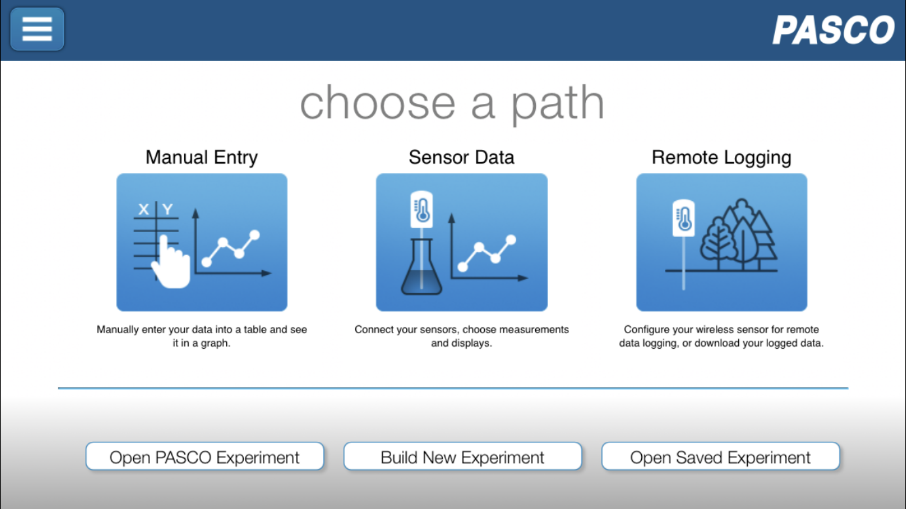
Image 2: Users have a variety of choices to choose from when they start a new experiment.
Additionally, users can choose the template they want for their data (e.g., an individual graph or a graph with a table). Hence, an image displaying the data collection choices users are presented with is displayed in Image 3. After selecting the desired measurement and template, users can start collecting data. To begin collecting data, students must click the green start button at the bottom of the screen. Conversely, to end data collection, students can click the red stop button. Images of sample graphs can be found below in Image 4 and Image 5.
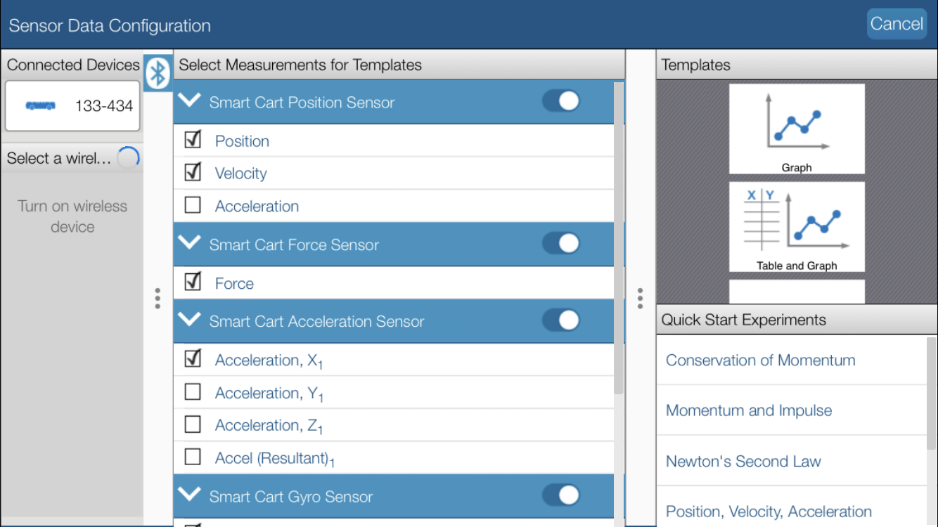
Image 3: Users can select which measurements they would like to measure for their experiment. One measurement or multiple measurements can be selected, and the data can be displayed in different templates.
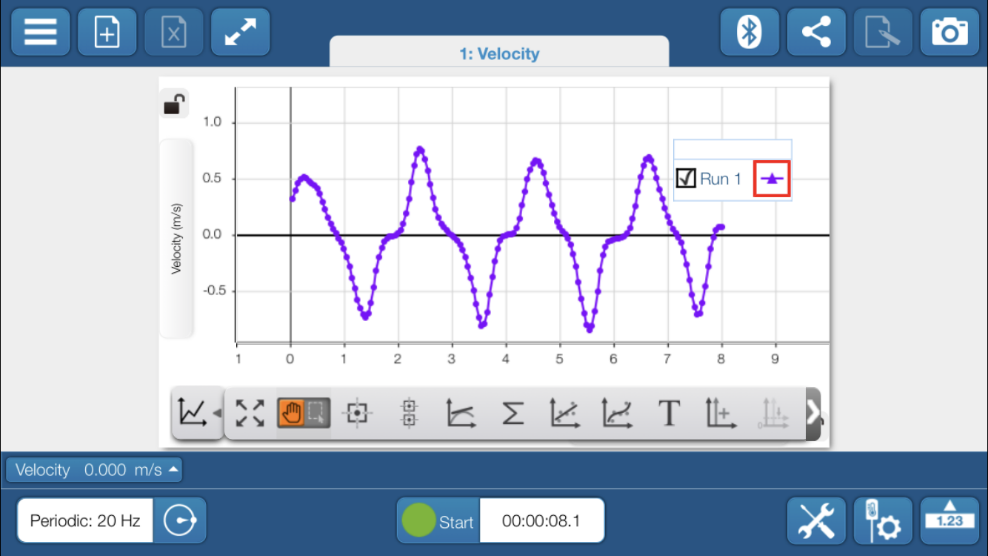
Image 4: A graph illustrating the velocity of the Smart Cart.
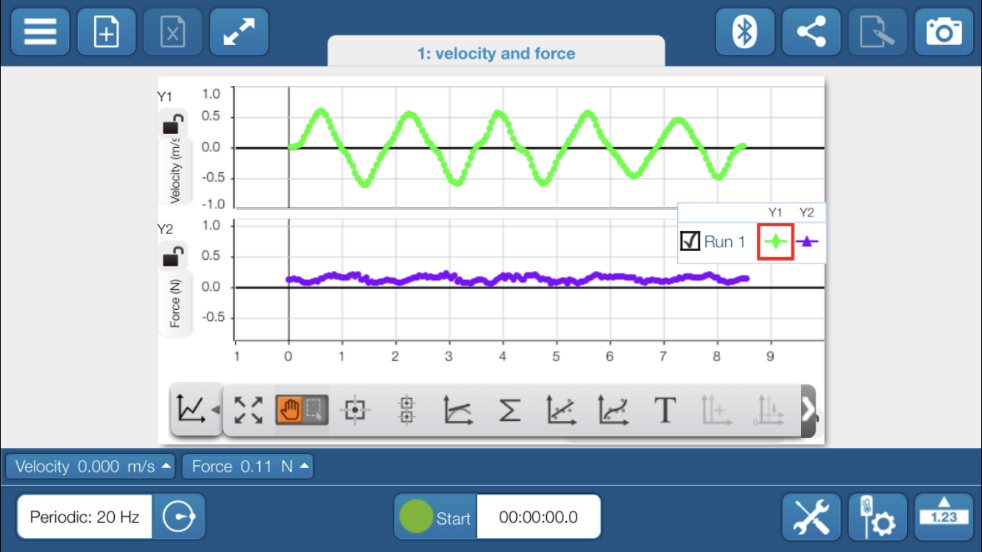
Image 5: A graph illustrating the velocity (shown in green at the top) and force (shown in purple on the bottom) of the Smart Cart.
Classroom Applications
The PASCO Wireless Smart Cart is a useful tool for physical science labs and experiments. Students can use the Smart Cart to examine several physical science concepts e.g., mechanics, kinematics, Newton’s Laws, conservation of energy, conservation of momentum, and elastic/inelastic collisions. On the PASCO website, you can find samples of different labs and experiments for using the Smart Cart in your classroom. These free resources are excellent and can be found at https://www.pasco.com/digital-library/index.cfm.
Additionally, another resource that we found to be valuable is a compatible software program called “MatchGraph!” In the program, students are provided with different graphs and instructed to use their Smart Cart to replicate a graph by attempting to “match” the path displayed on the graph. Below you will find a brief video showing how to use MathGraph.
In Conclusion
From our experience, there is no doubt that the Smart Cart is a major improvement over the equipment that science teachers have used in the past (Remember those old metal carts with rusty wheels?). The Smart Cart is easy to use and is compatible with virtually every device that today’s science teachers and students have access to in contemporary classrooms. In summary, we believe that Pasco’s Smart Cart is a winner!
What’s Included:
– Smart Cart with onboard sensors
– Hook
– Rubber bumper
– Magnetic bumper
– USB cable for charging
Specifications:
– Force
o Range: +/- 100 N
o Resolution: 0.1 N
o Accuracy: +/- 2%
o Maximum Sampling Rate: 500 samples per second
– Position
o Resolution: +/- 0.2 mm
– Velocity
o Maximum Velocity: +/- 3 m/s
o Maximum Sampling Rate: 100 samples per second
– Acceleration
o Range: +/- 16g (g=9.8 m/s2)
o Maximum Sample Rate: 500 samples per second
– Bluetooth Distance
o Maximum Wireless Range: 30 m (unobstructed)
Cost:
– $169 per Smart Cart
About the Authors:
Edwin P. Christmann is a professor and chairman of the secondary education department and graduate coordinator of the mathematics and science teaching program at Slippery Rock University in Slippery Rock, Pennsylvania. Emily Ferraro is a graduate student in the mathematics and science teaching program at Slippery Rock University in Slippery Rock, Pennsylvania.
Disclaimer: The views expressed in this blog post are those of the author(s) and do not necessarily reflect the official position of the National Science Teaching Association (NSTA).


